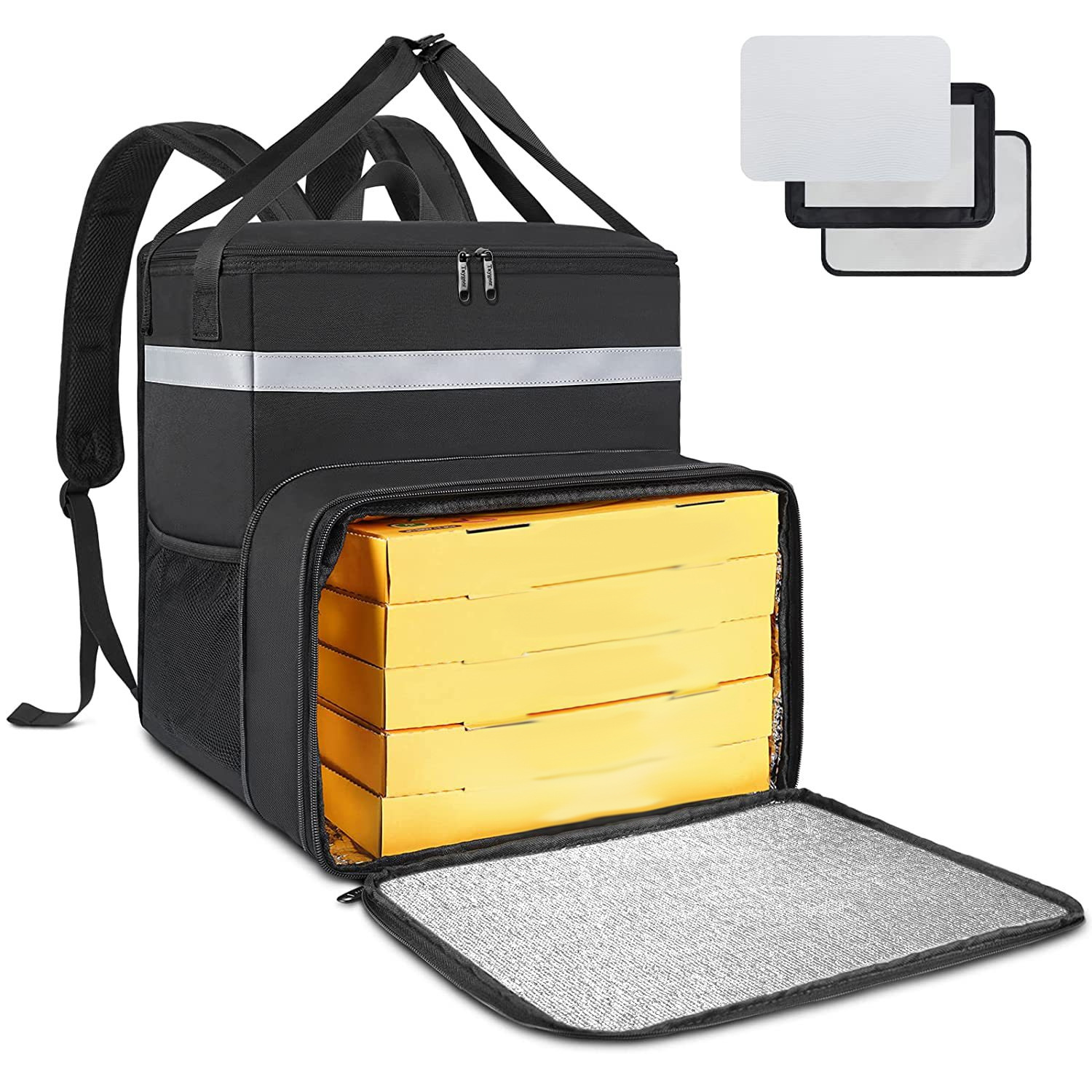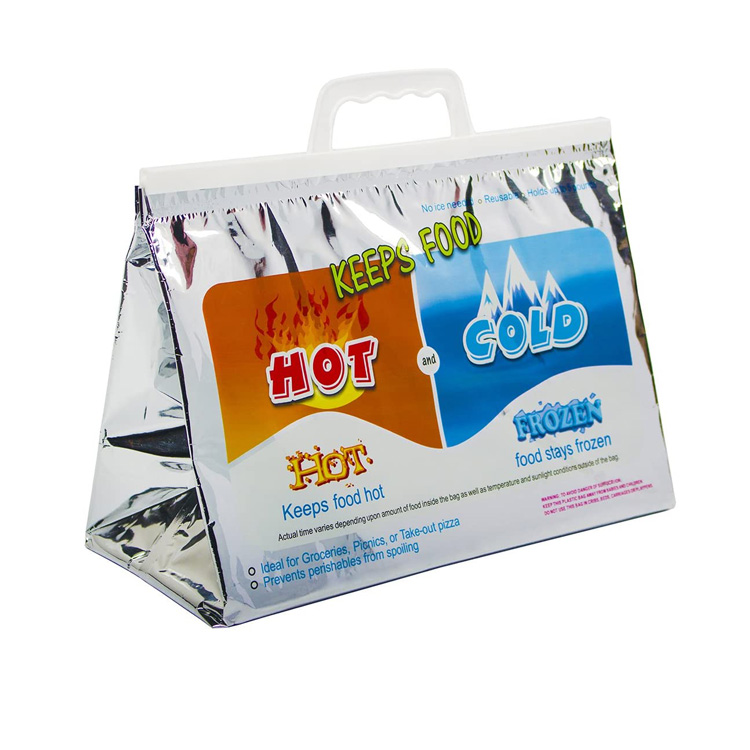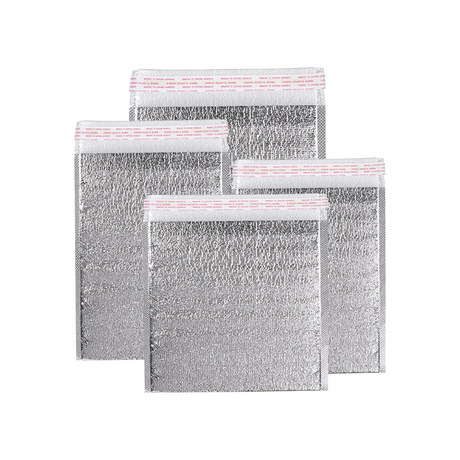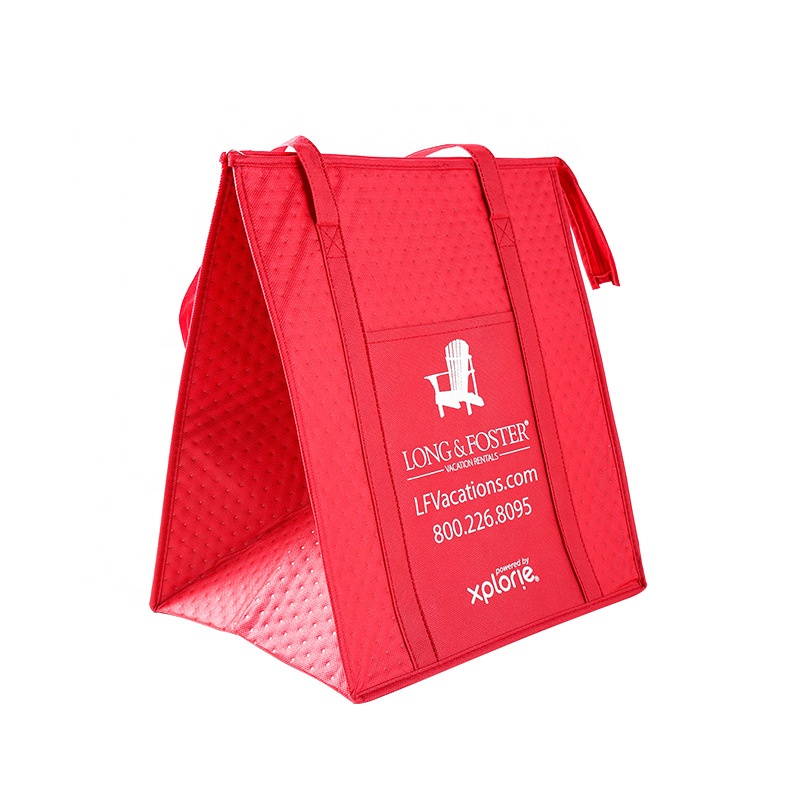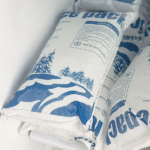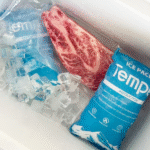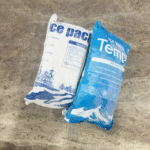Transporte da cadeia fria refers to maintaining temperature sensitive items such as perishable food, produtos farmacêuticos, e produtos biológicos dentro de uma faixa de temperatura especificada em todo o processo de transporte e armazenamento para garantir sua qualidade e segurança. O transporte da cadeia de frio é crucial para manter a frescura do produto, eficácia, e prevenir danos ao produto devido a flutuações de temperatura. Aqui estão alguns pontos -chave sobre o transporte da cadeia de frio:
1. Controle de temperatura:
-O transporte da cadeia fria requer controle preciso da temperatura, que normalmente envolve dois modos: refrigeração (0 ° C a 4 ° c) e congelamento (geralmente -18 ° C ou inferior). Alguns produtos especiais, como certas vacinas, pode exigir transporte de temperatura ultra baixa (como -70 ° C a -80 ° c).

2. Etapas -chave:
-Cadeia de frio não apenas inclui o processo de transporte, Mas também o armazenamento, carregando, e processos de descarga. A temperatura deve ser estritamente controlada em todas as etapas para evitar qualquer "quebra de cadeia de frio", o que significa que o gerenciamento de temperatura está fora de controle em qualquer estágio.
3. Tecnologia e equipamentos:
-Use veículos refrigerados e congelados especializados, recipientes, navios, e aviões para transporte.
-Use armazéns refrigerados e refrigerados em armazéns e estações de transferência para armazenar produtos.
-Equipado com equipamento de monitoramento de temperatura, como registradores de temperatura e sistemas de rastreamento de temperatura em tempo real, para garantir o controle da temperatura em toda a cadeia.
4. Requisitos regulatórios:
-O transporte da cadeia de frio deve cumprir rigorosas regulamentações nacionais e internacionais. Por exemplo, agências reguladoras de alimentos e medicamentos (como FDA e EMA) estabeleceram padrões de transporte da cadeia de frio para produtos farmacêuticos e alimentos.
-Existem regulamentos claros sobre as qualificações dos veículos de transporte, instalações, e operadores.
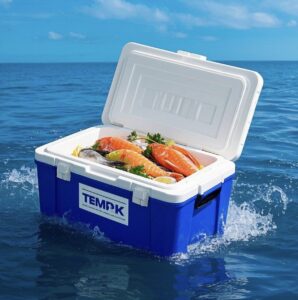
5. Desafios e soluções:
-Geografia e clima: Manter uma temperatura constante é particularmente difícil durante o transporte em áreas extremas ou remotas.
-Inovação tecnológica: adotando materiais de isolamento mais avançados, sistemas de refrigeração mais eficientes em termos energéticos, e tecnologias mais confiáveis de monitoramento de temperatura e registro de dados.
-Otimização logística: Ao otimizar rotas e estratégias de transporte, reduzir o tempo e os custos de transporte, garantindo ao mesmo tempo a integridade da cadeia de frio.
6. Escopo do aplicativo:
-A cadeia de frio não é utilizada apenas em produtos alimentares e farmacêuticos, mas também muito utilizado no transporte de outros itens que necessitam de controle específico de temperatura, como flores, Produtos químicos, e produtos eletrônicos.
A eficácia do transporte da cadeia de frio é crucial para garantir a qualidade do produto e a segurança do consumidor, especialmente no contexto do aumento do comércio global e da procura de produtos de alta qualidade.







